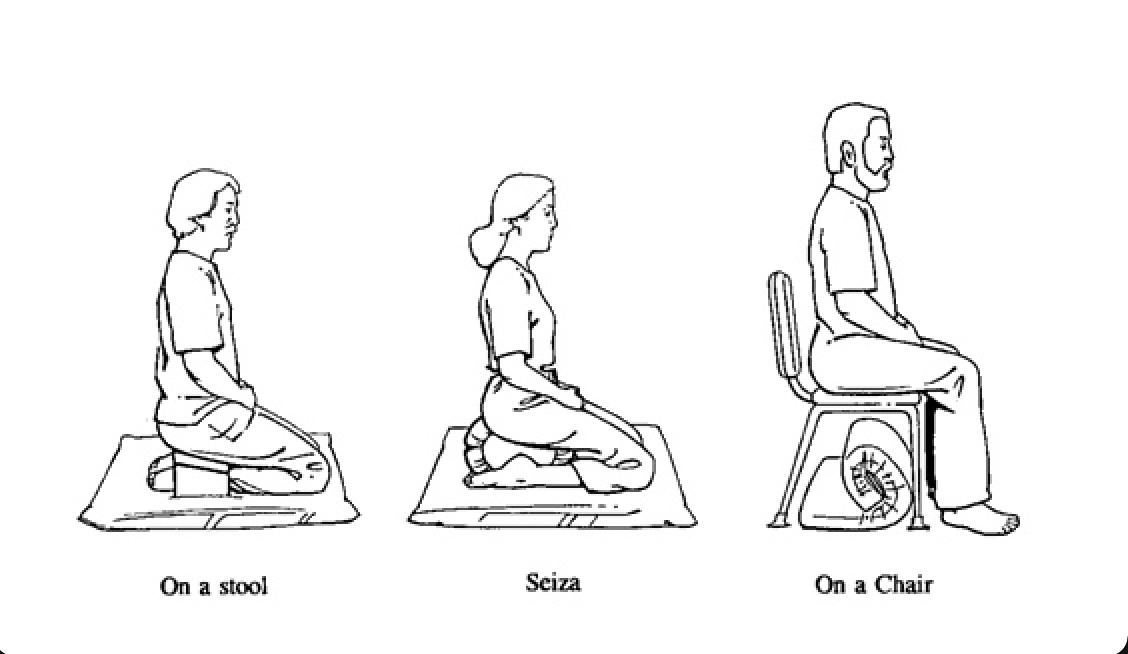
meditating on your own
“Do nothing. With full committment.”
Below you will find audio recordings/guided meditations to help you establish a daily practice if you would like to do that. Below the recordings, you will find instructions to support you to meditate without guidance, if that is your preference. The instructions are based on the Burmese tradition of Vipassana meditation.
Silence your phone and use the timer, committing to the time. You can sit for 10 minutes, 20 minutes, 30 minutes, 45 minutes, however long you want. It may be helpful to begin with shorter time and build up each day—if you want. Or just do the same time every day. It may be helpful to choose a time, such as before dinner, after dinner, before bed, etc. Make it part of your schedule.
The emphasis for your personal sitting practice is cultivating continuity of moment-to-moment awareness of all physical and mental phenomena:
Primary Object: (1) Recognize in the field of awareness the natural (uncontrolled) rhythm and sensation of the rising and falling of the abdomen as you breathe. (2) Either observe the sensation “naturally” or give it a soft mental note, “rising, falling.” (3) Observe the object through its duration and continue to observe the next one, etc.
Secondary Object: While mindfully observing the primary object, if other secondary objects become “more prominent” than the primary object, turn the attention towards that object and mindfully observe it (with a note or not). Observe the secondary object through its duration and return to the primary object. Examples of secondary objects may include:
Bodily Sensation: Pain, itch, throbbing, warmth, coolness, tingling, pulsing, heaviness, lightness, etc.
Thoughts: Ideas, planning, recalling, imagining, worrying, etc.
Emotions: Anger, frustration, sadness, anxiety, joy, happiness.
Sounds & Images: Hearing, seeing
You can also practice in a more “spacious” way, without using the breath as a main anchor—simply noticing whatever arises most clearly in the present moment, letting awareness drift from object to object.
Notice any attitudes that may be present and let them be a part of your exploration. Can we commit to sitting with ourselves with less of a goal oriented or militant attitude? And yet fully commit? A participant in a previous course said it simply: I’d rather be with what is here now.
Posture
See the four postures below. Please modify as you see fit/ignore the hand positions.

